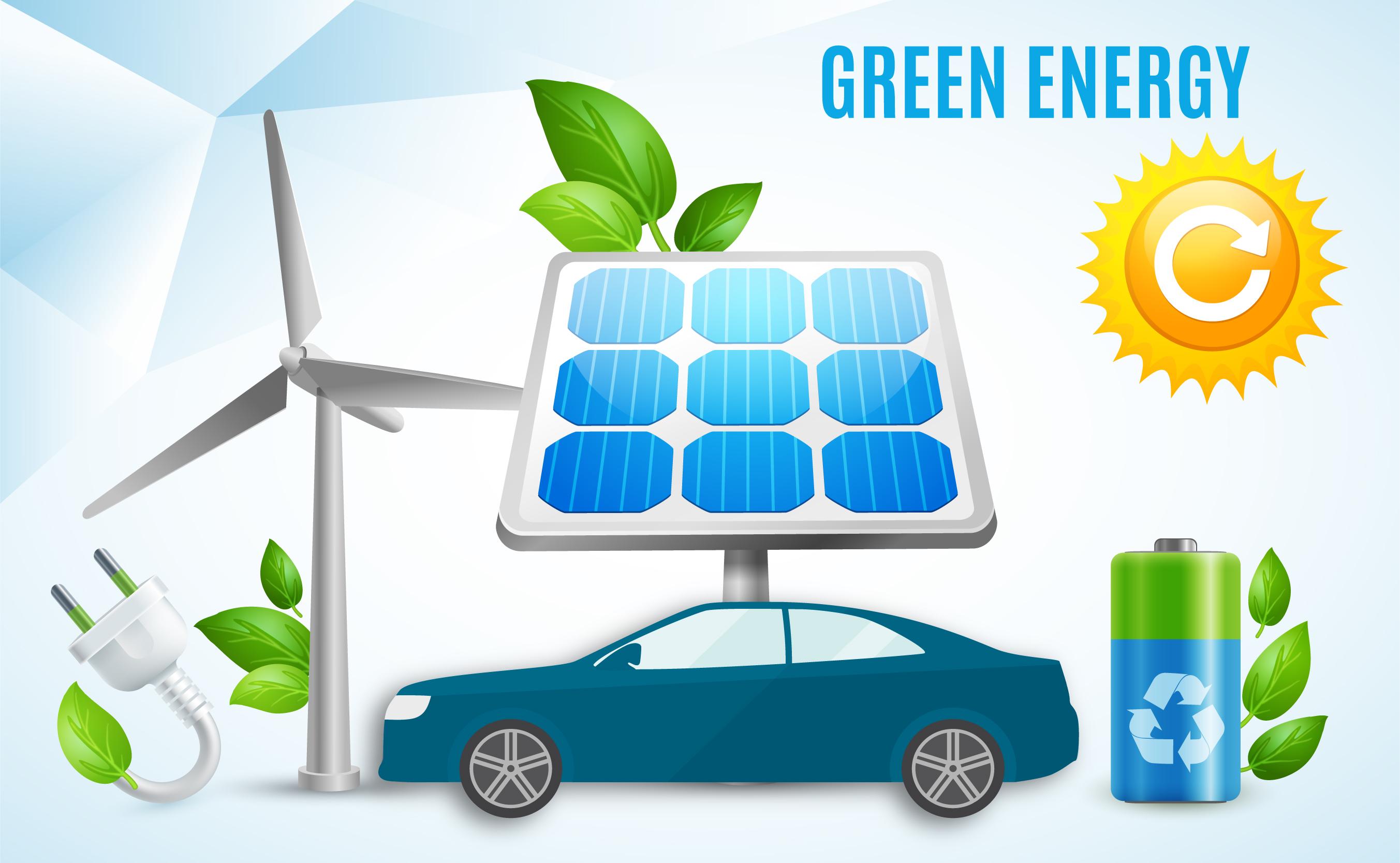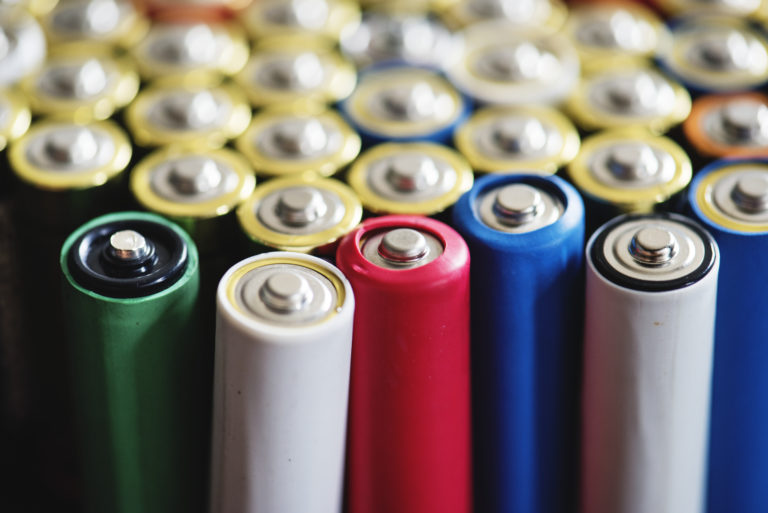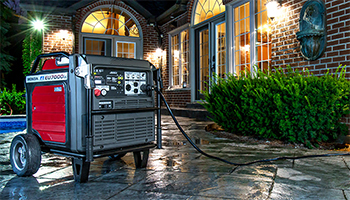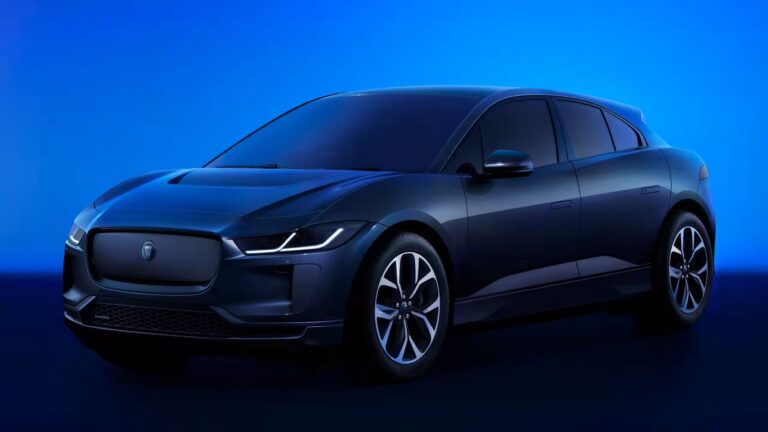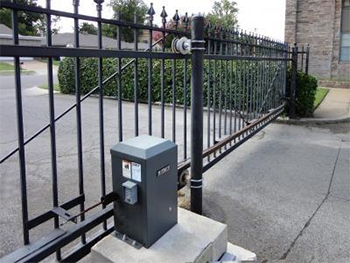Vehicle-to-Grid: Using Electric Cars To Store Renewable Energy
Electric cars that aren’t currently on the move could be used to help stabilise energy grids, make electricity from renewable energy sources more viable and generate extra income for EV owners. That’s the goal of the Munich-based company The Mobility House and their smart Vehicle-to-Grid technology.
On average, privately-owned cars are parked for approximately 23 hours a day. Unfortunately, the same is true for electric cars. But what about if that downtime could be put to good use – by using the car’s battery as temporary storage for renewable energy? That wouldn’t just help to stabilise the power grid – the energy stored could also be used to provide power for the owner’s home, for example. That’s the vision of The Mobility House, who want to unlock the potential of electric vehicle’s batteries. This should be made by possible with a Vehicle-to-Grid (V2G) solution, which the Munich-based company is currently working on.
While wind and solar energy are cleaner and greener alternatives to the traditional burning of fossil fuels, their availability and production is of course unpredictable, and isn’t always available at the times when it’s most needed. Or there’s so much electricity produced at one time that the grid is overloaded and unable to make use of it all.
The Mobility House wants to use electric cars as stationary storage solutions, via Vehicle-to-Grid technology. It works more or less like this: While an electric car is stationary and plugged into a charging point, its battery can be used to collect any excess energy. When demand goes back up, or the supply is reduced, the saved energy can be fed back into the energy grid. The owner of the electric car is to be able to decide how long their vehicle is available as stationary energy storage and when they want to be able to use the car themselves – with a fully-chardged battery, of course.
Intelligent Charging = Longer-Lasting Batteries
The V2G solution also means another advantage for electric car owners. Normally electric cars are plugged in and immediately start being charged – regardless of whether the power is cheap or expensive at that moment. The car then often sits there with a fully-charged battery, which according to The Mobility House, can have a negative affect on the performance and life-span of the battery. Integrated into the power grid via a V2G system, vehicles can be charged intelligently – ideally when the electricity price is low, and then discharged again when the demand increases on the electricity market.
That means that a parked electric car can help provide energy to the power grid, but also generate extra income for the owner.
Electric vehicles fitted with a CHAdeMO connector already fulfill the technical requirements for bidirectional charging. But for The Mobility House’s vision to become reality, there are a few other technical requirements that need to be taken care of – issues such as load management, supply frequency, cost reporting, typical traffic flows and usage patterns all have to be taken into account.
The Electric Car as Electricity Supplier
Whoever produces their own solar energy, for example, with a photovoltaic system on their roof, could benefit even more from The Mobility House’s high-tech solution. Because here too, your electric car could lend a helping hand as an energy storage solution, thanks to Vehicle to Home technology (V2H). This means your electric car would be charged with solar power, making it completely independent from the power grid and offering you an entirely emissions-free ride.
The V2G and V2H systems still weren’t available at time of publication, as The Mobility House is in the development phase, but they report that the technology has already been successfully field tested. Right now the team in Munich is busy working on optimising and expanding the corresponding infrastructure for V2G, as well as further developing an intelligent control system for the charging process.
How does vehicle to grid work exactly? The video below takes a closer look.
Electromobility is a topic that the RESET team has been investigating over the past few weeks.
This is a translation of the original article which appeared on RESET’s German-language site.
Written by Lydia Skrabania

